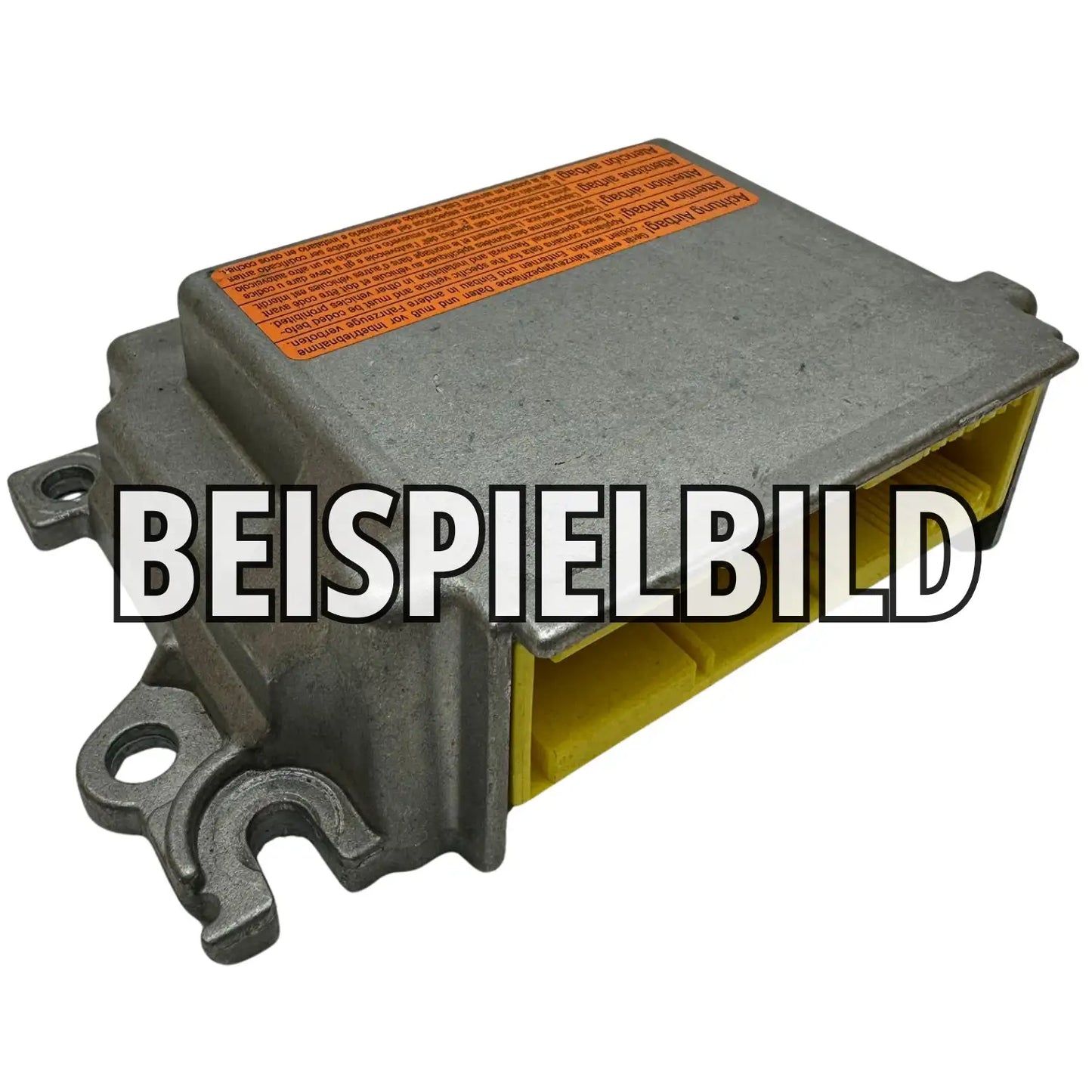What is a Peugeot Expert I airbag control unit?
The Peugeot Expert I airbag control unit is the central safety unit that precisely deploys all occupant restraint systems, such as airbags and seatbelt pretensioners, in the event of a collision. It continuously monitors sensors, stores relevant crash data, and diagnoses system errors to ensure maximum occupant safety.
This essential component is responsible for the precise control of the restraint systems. It communicates with other vehicle components via the CAN bus and senses critical situations.
In the event of an accident, the control unit decides within milliseconds whether to deploy the airbags and, with modern systems, can even make an emergency call.
Why is the Peugeot Expert I airbag control unit defective?
A Peugeot Expert I airbag control unit often fails because crash data is irretrievably stored after an accident, or internal electronic damage occurs due to overvoltage or aging. This typically leads to a permanently illuminated airbag warning light, as the system no longer functions properly and safety features are blocked.
Because irreversible crash data is stored in memory after an impact, the airbag control unit is blocked and must be repaired or replaced.
Internal software or hardware errors, such as a defective EEPROM or an internal self-test error, can also lead to a failure of the control unit.
Problems with the power supply or communication errors in the CAN bus are other common causes of a defect in the airbag control unit in the Peugeot Expert I.
Common error codes for Peugeot Expert I airbag control unit repair
When diagnosing the Peugeot Expert I airbag control unit, specific error codes indicate internal defects or communication problems that require repair. These codes help identify the exact cause of the malfunction, from internal memory errors to power supply or CAN bus issues, and enable targeted repair.
- B1000 → Control unit communication error → The control unit cannot communicate with the diagnostic device or other control units.
- B1010 → Internal memory error → There is a defect in the internal data memory of the airbag control unit.
- B1020 → Software error in the control unit → The internal software of the control unit is faulty or damaged.
- B1050 → Crash data deletion error → After an accident, the stored crash data cannot be reset.
- B1200 → Power supply control unit faulty → The airbag control unit is not receiving a correct or stable power supply.
- B1240 → EEPROM error in the airbag control unit → A defect has occurred in the EEPROM memory, which contains important system data.
- B1280 → Hardware Defect Control Unit → Physical damage or malfunction of the internal components of the control unit.
- B2000 → Internal self-test failed → The control unit could not successfully complete its internal system check.
- B2100 → CAN bus communication problem → Faults in the data connection via the CAN bus to the airbag control unit.
- B2500 → Error initializing the control unit → The airbag control unit could not be initialized properly after starting.
What part numbers are available for the Peugeot Expert I airbag control unit repair?
When repairing or replacing a Peugeot Expert I airbag control unit, specific OEM part numbers are crucial to ensure correct compatibility and functionality. These include both original Peugeot/PSA numbers and corresponding supplier numbers, such as those from Bosch, that precisely match this vehicle model.
The exact part number is crucial for a successful Peugeot Expert I airbag control unit repair or replacement.
It is important to use only verified OEM or supplier part numbers to ensure the safety and functionality of the airbag system.
Used or replacement devices may have different part numbers, but are not considered original new parts.
- 14 014 078 80 → Peugeot/PSA → Original OEM part number for the Peugeot Expert I airbag control unit.
- 0 285 010 556 → Bosch → Supplier OEM number corresponding to the PSA number.
- 9635682680 → Peugeot/PSA → Another confirmed genuine OEM part number for the Peugeot Expert I.
Correctly identifying the part number is the first step to successful troubleshooting.


